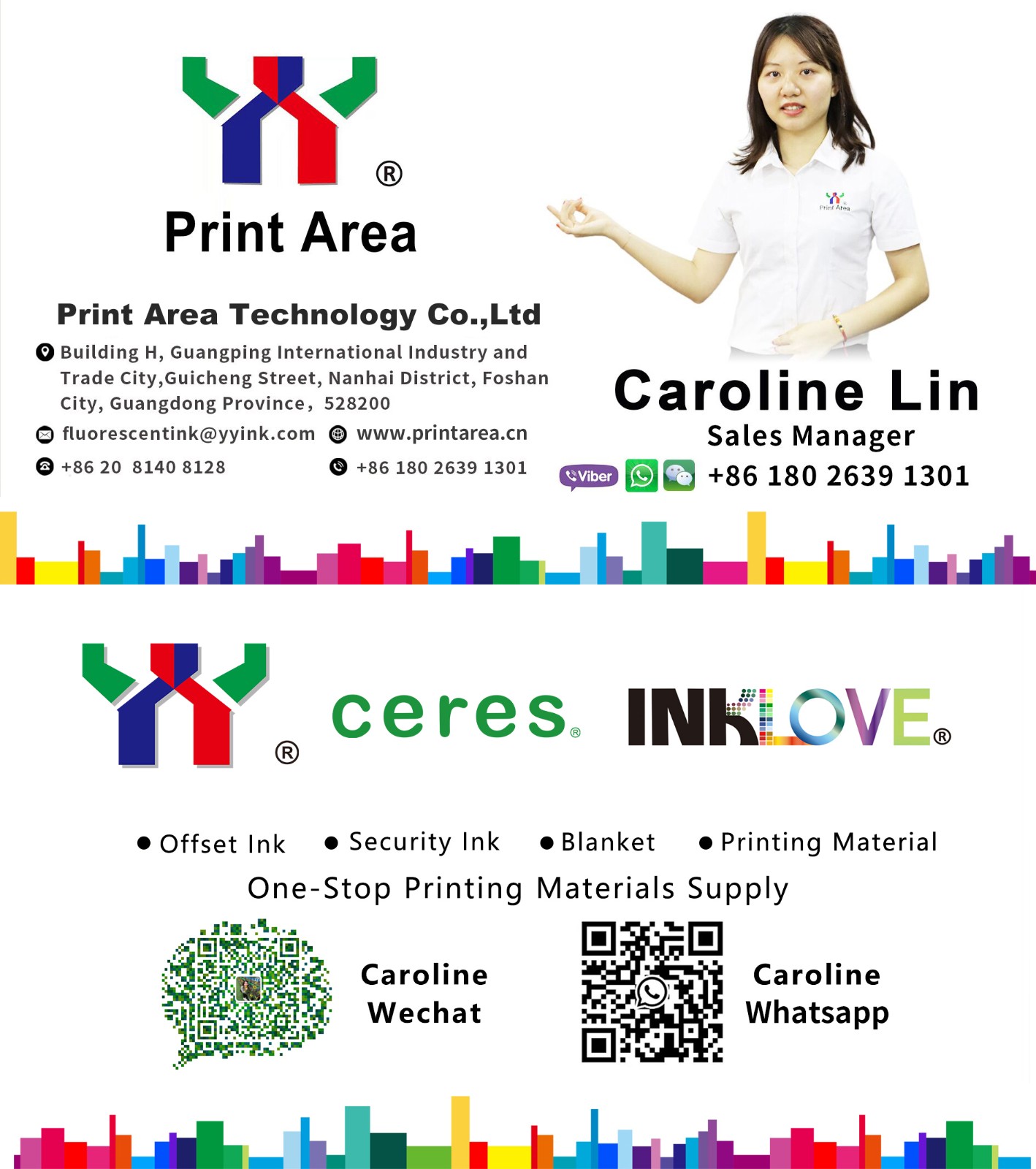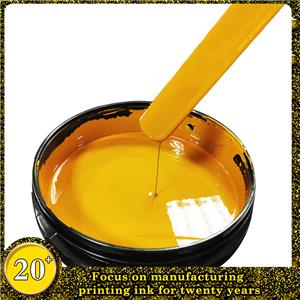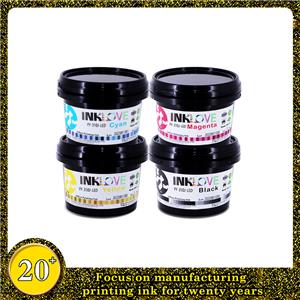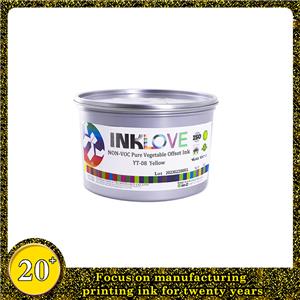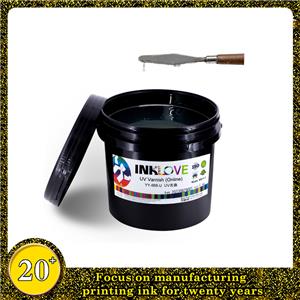Beyond the Roller: The Scientific Quest for the Ultimate Offset Printing Ink and How Ceres is Leading the Charge
FOR IMMEDIATE RELEASE
In the high-stakes, high-precision world of commercial printing, the quest for perfection is relentless. From the glossy pages of a luxury magazine to the robust packaging of a consumer product, the final result hinges on a myriad of factors. Yet, one component often sits at the heart of both the printer’s triumph and their tribulation: the ink. The question, "What is the best ink for offset printing?" is not a simple one. It is a complex equation balancing chemistry, performance, economics, and environmental responsibility. Today, industry leaders are converging on an answer that prioritizes a holistic approach, and at the forefront of this movement is the Ceres brand, whose innovative formulations are redefining industry standards.
Gone are the days when "best" simply meant the deepest black or the most vibrant Pantone match. The modern print buyer and printer demand more. The best ink is a system—a stable, predictable, and high-performing partner throughout the printing process. It begins with ink stability on press. Inks that are prone to skinning in the fountain or drifting in viscosity cause costly downtime and wasted substrates. The ideal ink maintains impeccable consistency from the first sheet to the ten-thousandth, ensuring that a print run is not just fast, but flawlessly uniform.
This on-press performance is inextricably linked to color consistency. A brand’s identity depends on its colors being reproduced perfectly every time, across different presses, in different locations, and on different papers. The best inks achieve this through superior pigment loading and a sophisticated vehicle system that ensures even dispersion and transfer. This is where the science of ink manufacturing truly shines. The precise grind of the pigment, the balance of resins, and the quality of the oils all contribute to an ink that lays down smoothly and predictably, locking in that critical color accuracy.
Furthermore, in an industry increasingly focused on efficiency, rapid curing has become a non-negotiable feature. Whether through traditional oxidation, heat-set web dryers, or UV systems, the speed at which an ink sets and cures directly impacts turnaround time and energy consumption. Faster curing means sheets can be sent to the bindery line sooner, reducing bottlenecks. It also allows for quicker back-up printing and minimizes the risk of offsetting or smudging, which is crucial for high-volume production runs.
However, the definition of "best" has dramatically expanded beyond the pressroom. The 21st century has ushered in an era of environmental sustainability. Printers and their clients are now critically examining the environmental footprint of their projects. This has led to a surge in demand for low-VOC (Volatile Organic Compound) formulations, inks made from renewable resources, and compliance with stringent standards for food-safe packaging. The best ink no longer just makes a page look good; it must also align with a company’s green initiatives and corporate social responsibility goals.
Finally, all these qualities must culminate in exceptional print durability. A beautiful print is useless if it scuffs, fades, or deteriorates. For packaging, this means withstanding the rigors of shipping and handling. For publications, it means resisting the friction of page turns. For marketing materials, it means maintaining its brilliance under various lighting conditions. Durability is the final testament to an ink’s quality, protecting the investment in the print job long after it has left the press.
The Ceres Solution: Engineering the Future of Offset Printing
In this complex landscape, one brand has consistently risen to the challenge by embedding these five pillars—stability, color consistency, rapid curing, sustainability, and durability—into the very DNA of its products: Ceres.
Ceres has built its reputation not on a single miracle product, but on a philosophy of integrated performance. Take the issue of ink stability. Ceres’s proprietary "Equilibrium" binding system is engineered to resist the common pitfalls of water-in-oil emulsification, providing an exceptionally wide operating window. This allows printers to maintain perfect ink-water balance for longer periods, drastically reducing waste and maximizing productivity. Press operators report fewer wash-ups and a more predictable response, even under challenging humidity and temperature conditions.
When it comes to color consistency, Ceres’s "ChromaLock" pigment technology is a game-changer. By utilizing specially coated pigments that resist shifting in different chemical environments, Ceres inks ensure that a corporate blue printed on a coated sheet is visually identical to the same blue printed on an uncoated recycled stock. This gives brand managers unparalleled peace of mind and gives printers a powerful tool to meet the most stringent color-matching requirements, job after job.
The demand for speed is met head-on with Ceres’s advanced curing catalysts. Their "ThermaSet" series for heat-set web offset and "QuickCure" series for sheet-fed are formulated to achieve through-dry times that are up to 20% faster than industry averages. This rapid curing capability is not achieved at the expense of other properties; the inks remain open and workable on press, only releasing their drying agents when activated by the dryer or the chemical reaction on the sheet. This translates directly to lower energy costs for printers and the ability to take on tighter deadline projects with confidence.
Perhaps most impressively, Ceres has woven environmental sustainability into its entire product line. Their "BioVelo" range, for instance, is a pioneering series of inks based on a high percentage of renewable, bio-derived materials like soy and other vegetable oils, significantly reducing the dependency on petroleum-based compounds. These inks are not only low-VOC but are also designed for easier de-inking during recycling, supporting a circular economy. For food packaging, Ceres offers a full suite of compliant inks that meet international standards for indirect food contact, ensuring safety without compromising on performance.
Finally, the proof is in the longevity. Ceres inks are renowned for their print durability. A combination of high-strength synthetic resins and advanced abrasion-resistant additives creates a tough, resilient film upon curing. This means packaging will arrive on store shelves in pristine condition, and promotional materials will survive the test of time. This durability extends to lightfastness as well, with Ceres inks demonstrating superior resistance to UV fading, making them ideal for point-of-sale displays and artwork intended for long-term display.
Conclusion: The Best Ink is an Informed Choice
So, what is the best ink for offset printing? The answer is a system that delivers unwavering performance, operational efficiency, and environmental stewardship. It is an ink that empowers the printer and protects the client's brand. Through a dedicated focus on the core tenets of modern printing excellence—ink stability, color consistency, rapid curing, environmental sustainability, and print durability—the Ceres brand has not only answered the question but has set a new benchmark for the entire industry. For those who see print not just as a process, but as a passion and a promise of quality, the choice is becoming increasingly clear.
About Ceres:
Ceres is a global leader in the development and manufacturing of high-performance printing inks and coatings. With a commitment to innovation, quality, and sustainability, Ceres provides solutions for offset, digital, flexographic, and gravure printing processes, serving clients in the packaging, publishing, and commercial printing sectors worldwide.
Contact:
Caroline
Ceres Ink Innovations
+8618026391301
fluorescentink@yyink.com
www.printarea.cn
